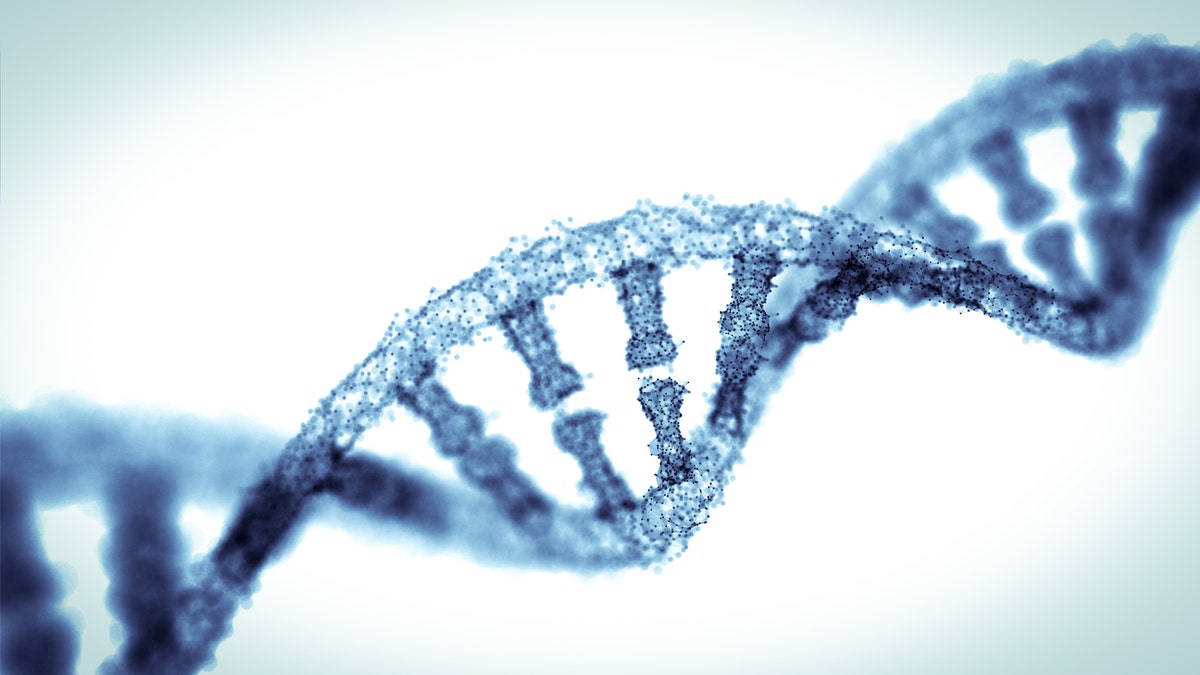
blue double helix models on background (from2015)
Read enough books on the body and you’ll find that reality is much stranger than any sci-fi series. Take the chimera chapter in science writer Carl Zimmer’s sprawling new treatise on heritability, “She Has Her Mother’s Laugh” (Dutton) for example.
In Greek myth, a chimera is a creepy combination of lion, goat, dragon — in humans, chimeras are one person who contains two sets of DNA. That’s right. One person comes up in tests as two different people.
This typically happens in utero when a one fraternal twin dies and is absorbed by the other. Zimmer details the case of a woman named Lydia Fairchild in Washington state who nearly lost custody of her children when DNA tests didn’t match her children. It was only after they did further testing that they found she had two sets of cells in her body — one that matched her children’s DNA and another that didn’t.
In another case, a woman found that her chromosomes looked as though “she were a man,” despite having given birth. “It turned out that the woman had had a twin brother who died only four days after birth . . . His cells took over his sister’s blood and lived on within her.”
This chimerism also happens to a less extreme extent during and after pregnancy. At birth, half of mothers carry fetal cells in their blood — and many still carry these blood cells from their babies decades later. In 2015, a group of researchers in the Netherlands studied women who died shortly before or after giving birth and found fetal cells in their kidneys, livers, spleen, lungs, hearts and even their brains, proving that having a child really does change your mind.
It goes the other way, too. Mother’s cells infiltrate their children’s bodies, as studies show that 42 percent of children end up with cells from their mothers.
Which goes to prove: Truth is often weirder than fiction.
This story originally appeared in the New York Post.
